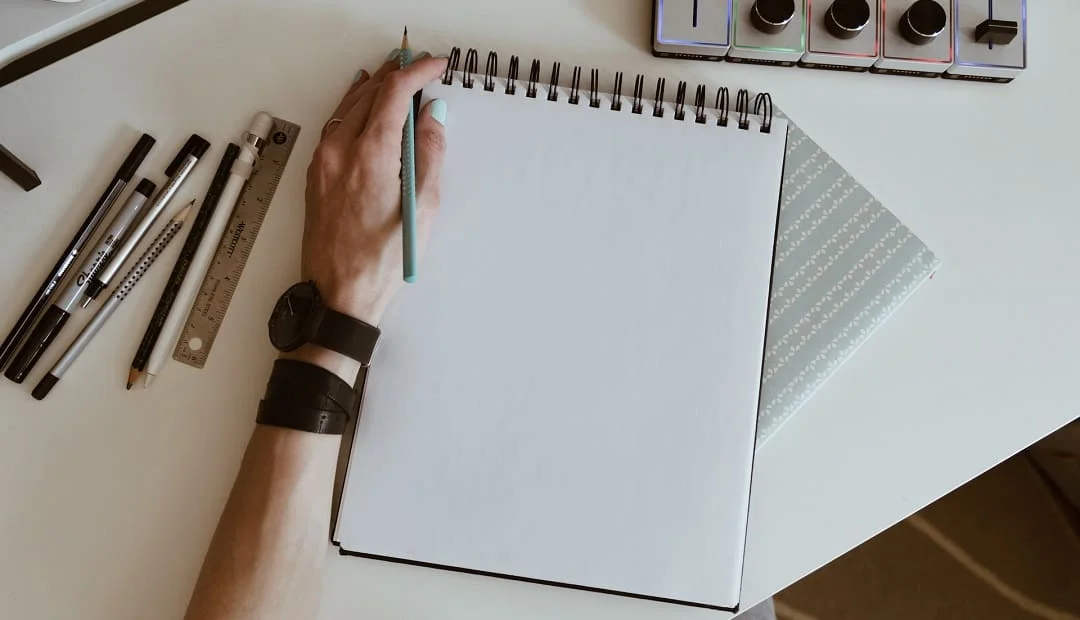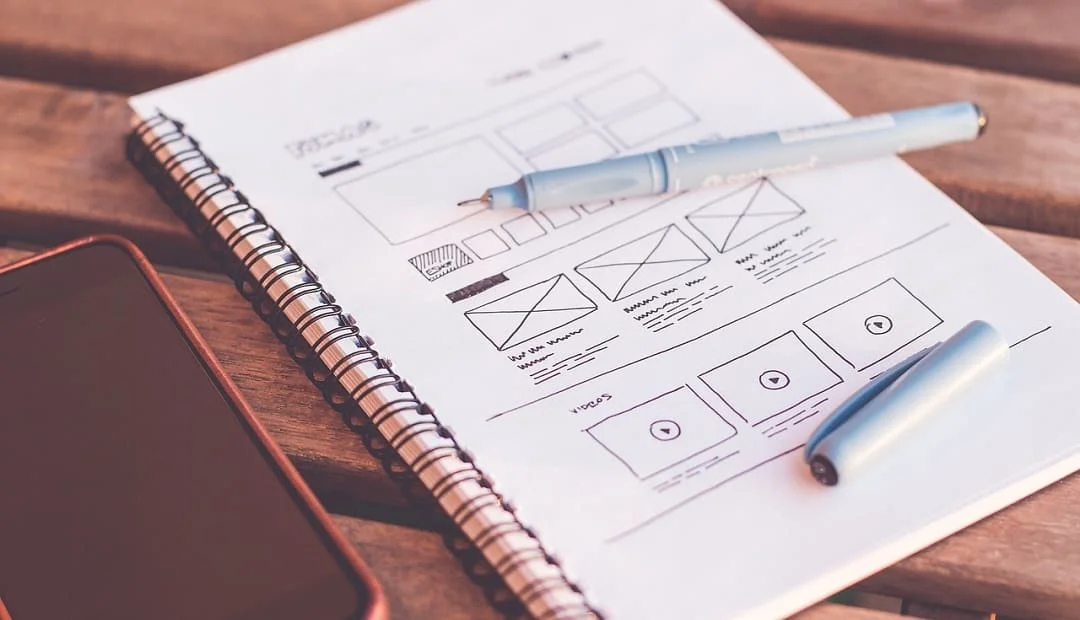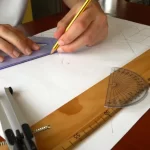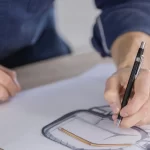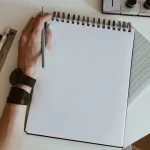Patent Drawing Examples: Inspiring Creativity for Your Invention
- October 12, 2023
- By Mohd Sufyan
- Read 8 minutes
What are Patent Drawings?
Patent drawings are visual representations of an invention that accompany a patent application. They provide a detailed and clear depiction of the invention’s structure, design, and functionality. Patent drawings play a crucial role in helping patent examiners and others understand the invention and its unique features. These drawings can showcase the innovative aspects of the invention and inspire creativity in inventors and designers. By presenting the invention visually, patent drawings enhance the overall understanding and evaluation of the invention during the patent examination process.
Importance of Patent Drawings
Patent drawings play a crucial role in the patent application process as they provide visual representations of the invention. These drawings help to clarify and illustrate the features, structure, and functionality of the invention, making it easier for patent examiners and potential investors to understand the innovation. Additionally, well-executed patent drawings can enhance the overall quality and professionalism of the patent application, increasing its chances of being approved. Therefore, it is essential for inventors to invest time and effort in creating clear, accurate, and visually appealing patent drawings to effectively communicate the uniqueness and value of their invention.
Legal Requirements for Patent Drawings
When it comes to patent drawings, there are certain legal requirements that must be met. These requirements ensure that the drawings accurately represent the invention and provide sufficient detail for understanding. First and foremost, the drawings must be clear, legible, and free from any unnecessary shading or coloring. They should also be labeled with reference numbers and include a detailed description of each element. Additionally, the drawings must be in a specific format, such as black and white line drawings or grayscale. Meeting these legal requirements is crucial in order to protect your invention and ensure its proper representation in the patent application.
Types of Patent Drawings
Utility Patent Drawings
Utility patent drawings play a crucial role in showcasing the unique features and functionality of an invention. These drawings provide a visual representation of the invention’s structure, components, and how they interact with each other. By carefully illustrating the invention, utility patent drawings help patent examiners and potential investors understand the invention’s technical details and its potential benefits. Moreover, well-executed utility patent drawings can also inspire creativity among inventors and encourage them to explore different design possibilities. Therefore, when preparing utility patent drawings, it is essential to ensure accuracy, clarity, and attention to detail to effectively communicate the invention’s innovative concepts.
Design Patent Drawings
Design patent drawings play a crucial role in showcasing the unique and innovative aspects of an invention. These drawings visually communicate the design features and ornamental elements of the invention, providing a clear understanding of its appearance and aesthetics. By presenting detailed and accurate illustrations, design patent drawings inspire creativity and serve as a valuable tool for inventors, patent examiners, and potential investors. With their ability to capture the essence of an invention, these drawings contribute to the overall success of a design patent application.
Plant Patent Drawings
Plant patent drawings play a crucial role in the patent application process for inventors in the field of botany. These drawings provide a visual representation of the unique characteristics and features of a new plant variety, helping to demonstrate its distinctiveness and novelty. By inspiring creativity and showcasing the innovative aspects of the invention, plant patent drawings contribute to the successful protection of plant-related inventions. With careful attention to detail and adherence to patent office guidelines, inventors can create compelling and informative plant patent drawings that enhance their patent applications.
Elements of a Good Patent Drawing
Clarity and Detail
When it comes to patent drawings, clarity and detail are of utmost importance. A well-drawn and detailed patent drawing helps to clearly illustrate the invention and its various components. It provides a visual representation that complements the written description and enables the reader to understand the invention more effectively. To ensure clarity, it is essential to use precise lines, labels, and shading techniques. Additionally, the level of detail should be sufficient to convey all the necessary information without being overly complex. By focusing on clarity and detail, patent drawings can enhance the overall quality of a patent application and inspire creativity for inventors.
Accurate Scale and Proportions
When creating patent drawings, it is crucial to ensure that the scale and proportions of the invention are accurately represented. This is important because patent examiners rely on these drawings to understand the design and functionality of the invention. By maintaining accurate scale and proportions, inventors can effectively communicate their ideas and increase the chances of their patent being approved. Additionally, precise measurements and proportions can also contribute to the overall aesthetic appeal of the drawings, making them visually appealing and easy to comprehend for both examiners and potential investors.
Consistency and Neatness
Consistency and neatness are crucial when creating patent drawings. It is important to ensure that the drawings are clear, accurate, and easy to understand. Consistency in the style, size, and proportions of the elements in the drawings helps to convey the invention in a cohesive manner. Neatness is also essential to present a professional and polished image. The drawings should be free from smudges, erasures, or any other distractions that may hinder the understanding of the invention. By maintaining consistency and neatness in the patent drawings, inventors can enhance the visual appeal and clarity of their invention, making it more likely to be approved.
Common Mistakes to Avoid in Patent Drawings
Inaccurate Representations
In the article, ‘Patent Drawing Examples: Inspiring Creativity for Your Invention’, the section on ‘Inaccurate Representations’ highlights the importance of accurate and precise drawings in patent applications. It emphasizes that inaccurate representations can lead to misunderstandings, rejections, and potential legal issues. The article provides examples of common inaccuracies to avoid, such as incorrect dimensions, missing labels, and unclear shading. By understanding the significance of accurate representations, inventors can ensure that their patent drawings effectively communicate their invention to the patent examiner and protect their intellectual property rights.
Missing or Incomplete Views
In the field of patent drawing examples, one common issue that can arise is the presence of missing or incomplete views. These views are essential for providing a comprehensive understanding of the invention and its various components. When a view is missing or incomplete, it can create confusion and hinder the patent examiner’s ability to fully grasp the invention’s functionality. Therefore, it is crucial for inventors to ensure that all views are included and accurately depicted in their patent drawings. By doing so, they can inspire creativity and facilitate a clearer understanding of their invention for both patent examiners and potential investors.
Lack of Labeling and Annotations
One common issue with patent drawings is the lack of labeling and annotations. Without proper labeling, it can be difficult for readers to understand the different components and features of the invention. Annotations, such as arrows and callouts, are also important in highlighting specific details or explaining the functionality of certain parts. By incorporating clear and concise labeling and annotations, inventors can ensure that their patent drawings effectively communicate the unique aspects of their invention to patent examiners and potential licensees.
Tips for Creating Effective Patent Drawings
Hire a Professional Patent Illustrator
When it comes to creating patent drawings for your invention, it is crucial to hire a professional patent illustrator. A professional illustrator has the expertise and knowledge to accurately depict your invention in a way that meets the requirements of the patent office. They understand the specific guidelines and rules for patent drawings and can ensure that your drawings are clear, detailed, and comply with all the necessary standards. By hiring a professional patent illustrator, you can enhance the visual representation of your invention and increase its chances of being approved. So, don’t underestimate the importance of hiring a professional when it comes to patent drawings.
Use Computer-Aided Design (CAD) Software
Computer-Aided Design (CAD) software has revolutionized the field of patent drawing. With CAD software, inventors can easily create precise and detailed drawings of their inventions. This technology allows for greater accuracy and efficiency in the patent application process, as well as the ability to make modifications and updates to the drawings with ease. Additionally, CAD software provides a platform for collaboration and sharing of drawings among inventors, attorneys, and patent examiners. By utilizing CAD software, inventors can enhance their creativity and bring their inventions to life through visually appealing and professional patent drawings.
Follow the USPTO Guidelines
When creating patent drawings, it is crucial to follow the guidelines set by the United States Patent and Trademark Office (USPTO). These guidelines ensure that your drawings meet the required standards and are easily understandable by patent examiners. By adhering to the USPTO guidelines, you can avoid potential delays or rejections in the patent application process. It is important to carefully review and understand the guidelines before starting the drawing process to ensure that your invention is accurately represented in the drawings.
Conclusion
Importance of Well-Executed Patent Drawings
Well-executed patent drawings play a crucial role in the patent application process. They provide visual representations of the invention, allowing patent examiners and potential investors to better understand the unique features and functionality of the invention. Clear and accurate drawings can enhance the clarity and effectiveness of the patent application, increasing the chances of obtaining a granted patent. Additionally, well-executed drawings can also serve as a powerful tool for marketing and licensing purposes, helping inventors showcase their invention to potential partners and customers. Therefore, investing time and effort in creating high-quality patent drawings is essential for protecting and promoting your invention.
Enhancing the Patent Application Process
The patent application process can be complex and time-consuming. However, by incorporating creative and well-executed patent drawings, inventors can enhance their applications. Patent drawing examples can inspire creativity and provide visual representations of the invention, making it easier for patent examiners to understand the concept. These drawings not only improve the clarity of the application but also increase the chances of a successful patent grant. By investing time and effort into creating high-quality patent drawings, inventors can streamline the application process and present their inventions in the best possible light.
Inspiring Creativity for Inventors
In the world of inventing, creativity is the key to success. When it comes to creating patent drawings, it’s important to think outside the box and come up with unique and innovative ideas. Drawing inspiration from other successful inventions can help spark new ideas and push your own creativity to new heights. Whether it’s studying the design of a groundbreaking invention or exploring different artistic techniques, there are endless possibilities to inspire and fuel your creativity. So, don’t be afraid to think big and let your imagination run wild when it comes to patent drawing examples for your invention.

